How to clean a washing machine with citric acid?

In order for the washing machine to serve for a long time, it must be looked after with the help of special agents that soften the water and clean the parts from scale and plaque. Manufacturers offer many specialized products for both water softening and descaling. Such funds are expensive, but there are their cheap counterparts - folk remedies available for purchase in regular stores. One of these analogs is the most common citric acid. It reacts with salts and helps to get rid of them.
We clean the automatic machine correctly
Before you start cleaning the washing machine with citric acid, you will need to remove all dirt from the rubber pad. The most convenient way to do this is with a soft cloth. You also need to make sure that there are no items in the drum, otherwise you risk ruining them - they will lose color.

How many grams do you need?
The calculation of the amount of acid must be made based on the volume of the washing machine.
For example, if your drum capacity is designed for a load of 3-4 kg of laundry, then you will need approximately 60 grams of powder. As an example, these are 3 sachets of 20 grams or 4 sachets of 15 grams.
If you use loose citric acid, which is much cheaper than packaged, then you can pour in 3 heaped tablespoons. If you have a larger washing machine, you need to take more acid. For a volume of 5 kg, you need to pour 100 grams.
It is very important not to overdo it with lemon and calculate its amount correctly. Remember that excess can damage the rubber and plastic parts of the machine. And, to our great chagrin, instead of extending the life of the washing machine, you will get the opposite result. In any case, experts advise not to add more than 200 grams of citric acid at a time.
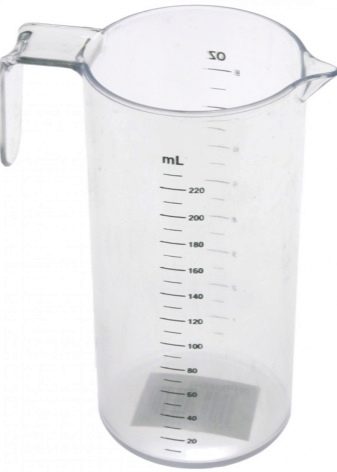

We get rid of scale
Limescale appears on the heating elements during the washing process of automatic machines, and the reason for this is the low quality of the water with a high salt content. There is also a regularity: the higher the water heating temperature, the faster the scale forms. Allowing the formation of a thick layer of lime deposits can lead to damage to the washing machine, unpleasant odors, or simply make it impossible to start the wash program. This is due to the fact that the limescale covered with lime cannot work at full strength in order to heat the water to the desired temperature, the settled salts interfere with it.
For step-by-step cleansing using citric acid powder, see the following instructions:
- Pour the lemon into the powder compartment or directly into the drum. Experts advise using option number one, since in this case, not only the drum is cleaned, but also all the parts through which the powder passes.
- The next step is to select a wash program. For better performance of citric acid, the program should be with a temperature of at least 60 degrees. Most often it is the "cotton" mode, but some washing machines offer 60 degrees and in the "synthetic" mode. If the machine has not been cleaned for a long time, then it is advisable to perform it at a temperature of 90 degrees. The program must be complete with all cycles, including the mandatory rinse and spin cycle.
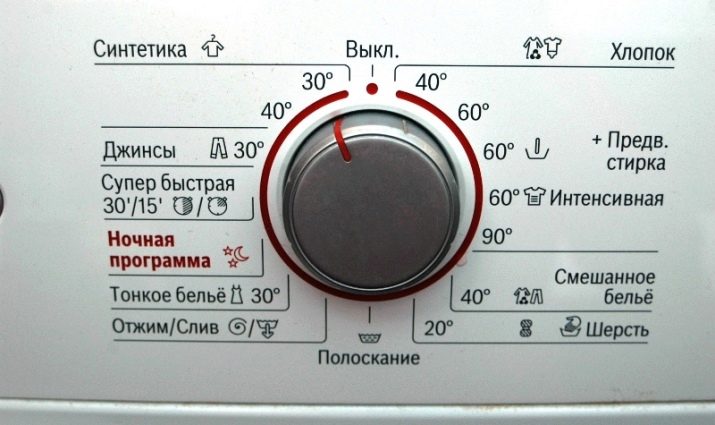
- After selecting the program, you can start. At the end of the cycle, if you can see the water after draining, you will find particles of dirt and deposits that impeded the operation of the machine.
- When finished, gently peel back the rubber gasket to check for any lumps of scale in it. If they remain, remove them and wipe the gum with a soft cloth. It is better to leave the door open and close it after the appliance is completely dry.
In order for the scale to form as little as possible, it is recommended to clean the "washing machine" at least once a quarter.
Odor remedies
There is often an unpleasant odor in the washing machine. It is formed due to plaque on the walls inside the drum and other parts. This can be both lime deposits and settled fungi, bacteria and mold. Regular cleaning with citric acid will help prevent this. At the same time, it is quite effective to use intensive rinsing as an additional mode, during which all exfoliated dirt particles and flakes are washed out.
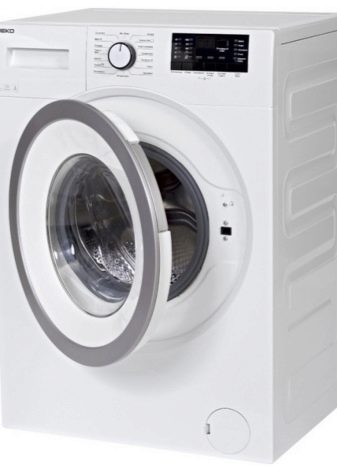
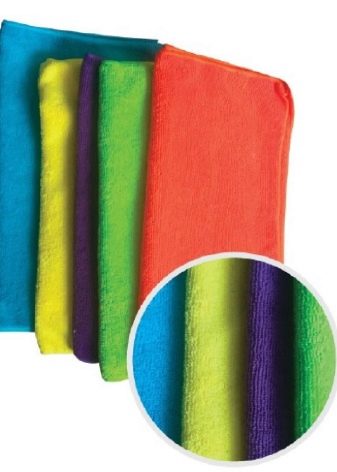
After rinsing and after you have cleaned everything inside with a soft cloth, the drum and heating element will sparkle like new, and the unpleasant smell will cease to bother you.
If the smell does not disappear after cleaning with lemon, then it is recommended to bring the usual whiteness or another bleaching agent to the cleaning procedure. It must be poured into the drum, and then turn on the normal wash without laundry at a high temperature. At the end, the drum must be washed with plain water and wiped off.
Poor quality detergent is often the cause of a disgusting odor from the washing machine. Therefore, it makes sense to pay more attention to the detergents and choose only a high-quality product.
Reviews
Not every housewife will believe that ordinary citric acid can work wonders and bring the washing machine to a new state. Doubters are often persuaded by the recommendations of experts and reviews from other housewives.Almost all women who had the opportunity to compare citric acid in action and anti-scale and limescale products from well-known manufacturers preferred the "lemon". The most experienced and fastidious housewives were satisfied with the results of its use.
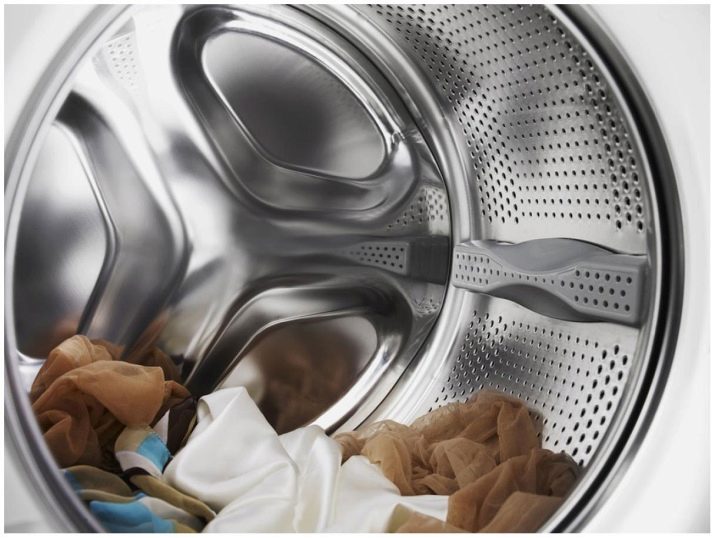
After studying the instructions for using citric acid to clean the washing machine, many, without hesitation, decided to experiment. Most were bribed by the low cost of the procedure, which rarely exceeded 30-50 rubles.
The housewives were also pleased with the fact that after the first application it was possible to see the result. The drum and heating element became clean with a beautiful metallic sheen, disappeared completely or the unpleasant odor was reduced. Electricity is consumed more economically, and the wash cycle ends faster.
Also, many women agree that cleaning the automatic washing machine with citric acid improves the quality of washing. White linen ceases to have a grayish tint, and colored clothes at the end of the wash are bright and saturated. Housewives who consider their car to be running in terms of the formation of scale in it note that all parts were cleaned after the third application of citric acid.

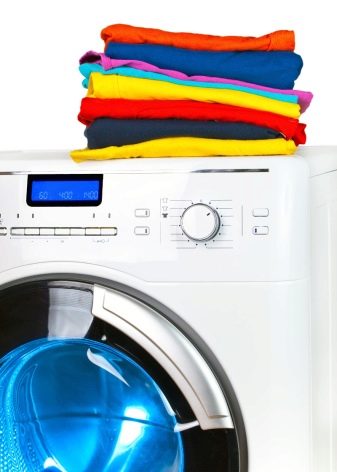
What else can you clean?
Baking soda is most commonly used to remove mold from the washing machine. As a rule, its accumulation can be found behind the rubber seal. Also, traces of fungal formations can be in the detergent compartment. Before starting the procedure, you must mix the soda powder with water in equal proportions. With this solution, you need to wet a cleaning cloth and wipe the drum, sealing rubber and powder tray. This is a way to cleanse the machine from fungus without much cost and physical effort.
Soda ash acts more aggressively on settled salts than baking soda. That is why it is strongly recommended to wear rubber gloves while working with it. Direct contact with the substance may cause skin irritation.
Before cleaning, you must mix one part of soda ash with the same amount of water. The resulting mixture is wiped on the drum and rubber cuff, then left for 30 minutes. After this time, the contamination is removed with a sponge along with a soda solution. The final operation is to start the “quick wash” mode with an empty drum.

Cleaning with whiteness is another way to get rid of mold and soap deposits. To get started, you need to pour a 1 liter bottle of the product into the drum and turn on the longest wash cycle with the highest temperature. As a rule, it is 90-95 degrees. After heating the water to the maximum temperature, you need to have time to pause and leave the machine for 1 hour, and after the time has elapsed, continue washing. At the end of this cycle, it is necessary to run the machine a second time in the "quick wash" mode and wash at 30 degrees, at which time the remaining whiteness will be removed.
Bleach is contained in whiteness. However, if whiteness needs to be poured in an amount of one liter, then in the case of bleach, it is enough to fill in 1 glass. It should be borne in mind that chlorine has a very pungent odor, and also reacts with salts, while releasing steam that is harmful to health. Therefore, when using it, it will be necessary to open the windows and, if possible, the door.
Usually bleach cleaning is combined with citric acid cleaning. In this case, the effectiveness of the procedure increases, the laundry washed after it is not covered with dirt. It is recommended to use this method no more than once every 2 months, so as not to spoil the machine parts.

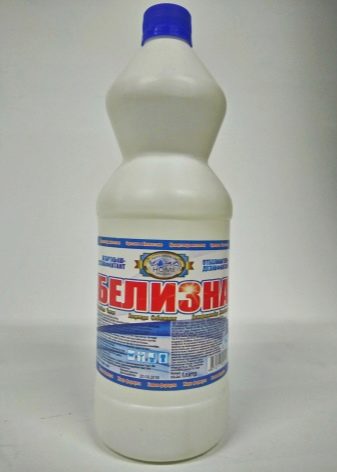
If the fungus has already thoroughly settled inside your washing machine, then it makes sense to use copper sulfate. This is one of the oldest mold control products in humid areas.Copper sulfate is a blue crystal-like powder.
It is necessary to prepare a solution in the proportion of 30 grams of vitriol per 1 liter of water. With the prepared agent, we wipe the cuff and leave it alone for a day, and then rinse thoroughly with detergent and clean water. This method can be used both for a radical solution to the existing problem of fungal formations, and as a prophylactic agent.
Oxalic acid helps to get rid of bad odor and lime deposits. The product is poured into the drum for a 30-minute wash. The amount must be calculated based on the volume of the washing machine, however, as is the case with citric acid. Oxalic acid is stronger than citric acid, so its exposure time is shorter, therefore, you need to be more careful with its amount.
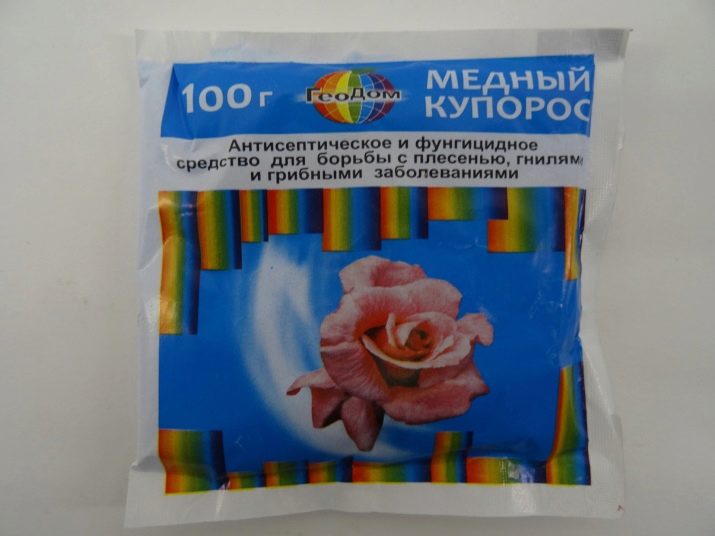
To clean the washing machine, you can also take 2 cups of regular vinegar, pour it into the machine and turn on the longest wash cycle at the highest temperature. As in all other cases, the start of the "washing machine" must be done without laundry and any detergents. After 5-6 minutes after starting, you must pause and leave the machine alone for an hour to "soak", and then finish washing.
It is recommended to rinse off the remaining agent using the quick wash mode. After draining this cycle, wipe the rubber seal, drum and door from the inside with vinegar water, that is, a solution of water and vinegar in equal parts. Then wipe the surface well with a soft cloth.
After the cleaning procedure with vinegar, a specific odor may remain, which can be removed by airing and / or by using an additional dry wash with washing powder with the addition of fabric softener.
Care Tips
In addition to taking care of the drum and heating element, you must also take proper care of other parts and components of the washing machine. This will help maintain its beautiful appearance for a long time and increase its service life.

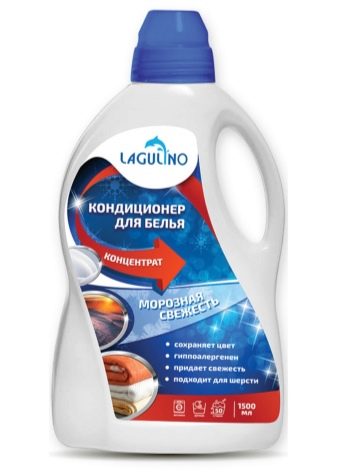
Make sure that the machine is properly installed on a flat, horizontal surface and is connected to water and electricity. Accordingly, hoses and electrical cables must not be damaged or kinked. Water or any other liquid must not drip on the surface of the machine.
If any stains appear on the outside of the case, they must be removed with a sponge and detergent. For these purposes, dishwashing gel is quite suitable. Particular attention should be paid to the door, since most of the dirt accumulates in the cracks around it. For more effective cleaning, you can use an old toothbrush.
After that, you can start cleaning the powder compartment, which often contains residual detergent and rinse aid. For convenience, it will be better to pull the compartment out of the car, provided that this is provided for by its design.

Filter cleaning
As you know, automatic washing machines have a filter, which is necessary to prevent the drain hose from clogging with dirt and hair. If the filter is cleaned occasionally or if this procedure is completely neglected, then a not very pleasant smell will appear. This also increases the risk of damage to the machine.
Experts recommend cleaning every three months, that is, once a quarter.
Step by step, this event can be described as follows:
- First remove the cover of the panel behind which the filter is located.
- It is necessary to take a bowl or other container into which the liquid from the emergency hole will be drained.
- Empty the drain hose.
- In some cases, for better cleaning of the drain hose, it must be removed.
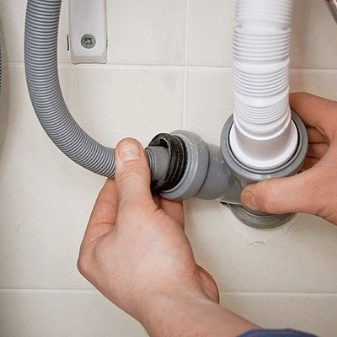
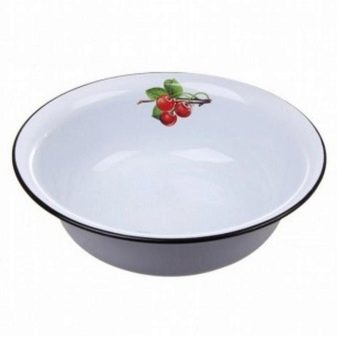
- Keep in mind that the drain hose must be empty before you pull the filter out of it.
- It is imperative to remove all hairs, fluff and other dirt from the filter.
- Be sure to look into the filter hole as well. Dirt and even small objects can linger there.
- Clean the hole.
- Replace the filter.

Citric acid is excellent at destroying odors and dirt inside the washing machine. How to properly clean this technique? You can learn about this in the following video.








